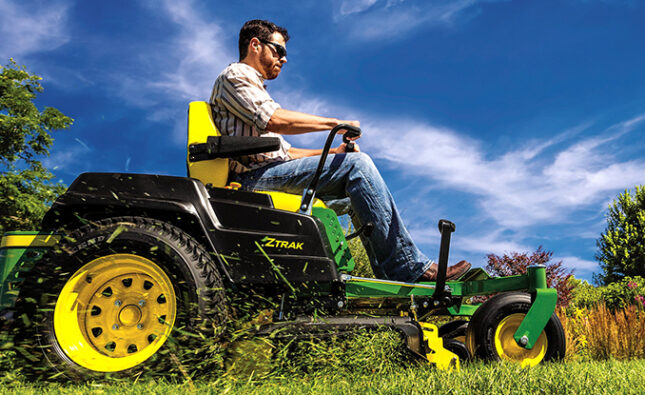Water fountains are a beautiful addition to any outdoor space, providing a sense of tranquility and elegance. However, like any mechanical system, the pump that circulates water in your fountain may eventually wear out and require replacement. Choosing the right water fountain pump is crucial to maintaining the beauty and functionality of your fountain. In this comprehensive guide, we’ll walk you through the steps to ensure you select the perfect pump for your fountain replacement needs.
Step 1: Assess Your Fountain’s Needs
The first step in choosing the right water fountain pump replacement is to assess your fountain’s specific requirements. Consider the following factors:
- Fountain Size: Measure the dimensions of your fountain, including its height, width, and depth. This will help you determine the required water flow rate.
- Water Feature Design: Different fountain designs require varying pump capabilities. For example, a tiered fountain may need a different pump than a simple birdbath.
- Water Volume: Calculate the volume of water your fountain holds, as this will affect the pump’s flow rate requirements.
- Desired Flow Rate: Decide how strong you want the water flow to be. Some prefer a gentle trickle, while others prefer a more vigorous flow for a dramatic effect.
Step 2: Determine the Pump Type
Once you have assessed your fountain’s needs, you can choose the most suitable pump type. There are primarily two types of water fountain pumps: submersible and external.
- Submersible Pumps: These pumps are designed to be placed underwater within the fountain basin. They are discreet and easy to install, making them ideal for most fountain types. Submersible pumps are generally quieter and less visible.
- External Pumps: External pumps are installed outside of the fountain basin. They are often more powerful and suitable for larger fountains or special applications. However, they tend to be noisier and require more maintenance.
Your choice between submersible and external pumps will depend on your fountain’s design, size, and specific requirements.
Step 3: Calculate the Flow Rate
Determining the required flow rate is a critical step in selecting the right water fountain pump. The flow rate refers to the amount of water the pump can circulate in gallons per hour (GPH) or liters per hour (LPH). To calculate the flow rate, you need the following:
- Use the formula: Flow Rate (GPH) = Fountain Volume (in gallons) / Turnover Time (in hours)
- The turnover time represents how quickly you want the entire volume of water in your fountain to circulate. For most fountains, a turnover time of 1 to 2 hours is sufficient.
- For example, if your fountain holds 20 gallons of water and you want a 1-hour turnover time, you would need a pump with a flow rate of at least 20 GPH.
Step 4: Consider Head Height and Lift
In addition to the flow rate, you must also consider head height and lift when choosing a water fountain pump. Head height refers to the vertical distance between the pump and the highest point where the water needs to be lifted within the fountain. Lift is the total height the pump must overcome, including both vertical and horizontal distances.
To calculate the required pump head height and lift:
- Measure the vertical distance from the pump’s location to the highest point of water discharge within the fountain.
- Add any horizontal distance the water needs to travel to reach its destination.
- Choose a pump with a head height and lift rating that exceeds your calculated values. It’s always better to have a pump with a bit more capacity than needed.
Step 5: Consider Energy Efficiency
Energy efficiency is an essential factor to consider when selecting a water fountain pump. Look for pumps that are ENERGY STAR certified or labeled as energy-efficient. These pumps are designed to consume less electricity, which not only reduces your energy bills but also benefits the environment.
Additionally, consider variable speed pumps, which allow you to adjust the flow rate and save energy when a lower flow is sufficient. They also tend to be quieter during operation.
Step 6: Read Reviews and Seek Recommendations
Before making a final decision, read online reviews and seek recommendations from experts or friends who have experience with water fountain pumps. Real-world experiences and feedback can help you choose a reliable and long-lasting pump.
Conclusion
Choosing the right water fountain pump for replacement is crucial to maintaining the beauty and functionality of your fountain. By carefully assessing your fountain’s needs, considering the pump type, calculating the flow rate, accounting for head height and lift, prioritizing energy efficiency, and reading reviews, you can make an informed decision. Remember to do thorough research, read reviews, and seek recommendations to ensure you select a reliable pump that will keep your fountain flowing beautifully for years to come.






